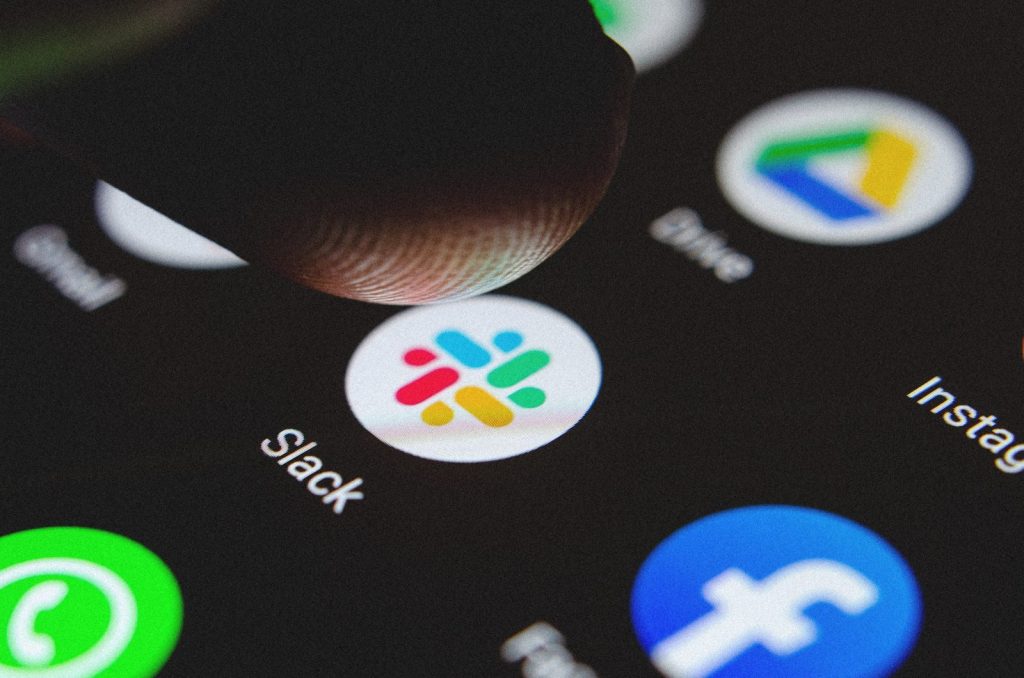
Here’s what brands can learn from the companies and product marketing agencies that know how to sell products and design experiences at the highest level.
Slack, the social workplace messaging platform, has drawn lots of favorable notice in advance of its $23 billion IPO. If you’ve used it, you understand why Slack has grown so popular. The overall experience is sticky in the extreme, encouraging near constant use. You don’t have to work at a product marketing agency or specialize in consumer marketing to recognize what an effective job Slack has done by integrating clever marketing with a deeply engaging user experience.
So how exactly has Slack been so successful? Let’s take a closer look.
How Slack uses clever copywriting to create highly addictive user experiences
If you’ve spent any time on Twitter in recent years, you’re familiar with a certain brand voice: Clever, self-deprecating, irreverent, but not offensive. In other words, the voice that many popular fast foods brands use on social media and featured in many startup marketing campaigns.
Slack uses its own version of this voice in its product, but deploys the voice strategically. The company understands that users have varying levels of receptivity to a lighthearted tone. After all, who wants to deal with jokes and puns when struggling to figure out an onboarding process?
Instead, Slack uses jokes and whimsical visualizations during so-called “end stage” or “empty stages” of the customer experience. These are pages or screens that don’t require any copy to help a user progress toward a goal — a “thank you for registering” page, for example.
While Slack takes a clever approach to copywriting, the company also understands that it’s important not to go overboard. Sara Culver, Slack content and design manager, listed a few of the company’s copywriting rules at a recent marketing seminar:
- Don’t make the user feel guilty. Anyone who has ever been asked to download an e-book or sign up for a newsletter is familiar with the standard guilt trip: The “yes” button includes language along the lines of “I want to take advantage of this incredible opportunity!” Meanwhile, the “no” button says something like “sorry, I’m not interested in subscribing because I want my competitors to put me out of business.” These guilt trips are annoying, alienating and defeat the purpose of using clever copy.
- Voice continuity. It’s extremely off-putting to read copy associated with a product and have the language veer from voice to voice. Stick with your brand voice when creating product copy and users will be much more comfortable, and receptive to what you are saying.
- Use active prose and eliminate repetition. Good product copy is lively and engages users from a slightly different angle than what they are used to. It also avoids repetition, which is clunky and unprofessional.
- Great copy enhances product marketing but can’t make up for poor UX and/or functionality. Even the most clever and compelling copy won’t alleviate the stress users deal with when confronted by poor UX and confusing or inoperable functionality.
What the right product marketing agency can do for you
If you’re looking for direct to consumer advertising and other creative services, you should have one key priority: Finding an agency that can deliver consistently compelling campaigns and strategy.
At Bigeye, we know the power of well-executed product marketing. If you’re looking for a product marketing agency to help you create the kind of sticky and hyper-addictive copy favored by Slack, don’t hesitate to reach out to us today.



